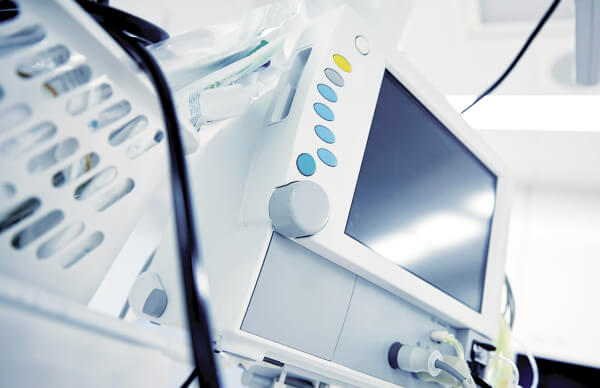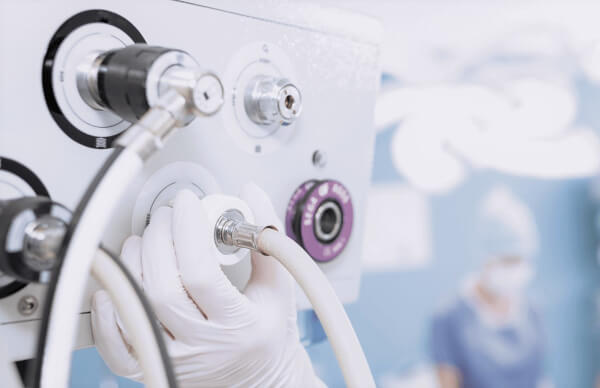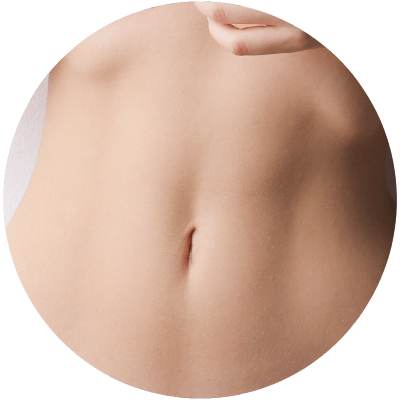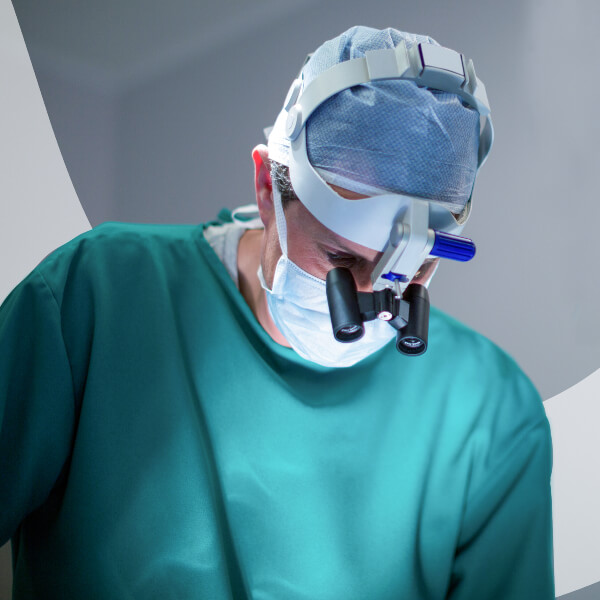Single Incision Laparoscopic Sleeve (SILS)
The single incision gastric sleeve in Tijuana Mexico with no visible scars is a minimally
invasive technique that helps to reduce post-operative risks and complications.
Single incision gastric sleeve Surgery in Tijuana Mexico
The Single Incision Laparoscopic Surgery (SILS) is a technique with which the bariatric surgery is made with a single cut in the navel.
With this surgical technique you can have your gastric banding, gastric sleeve, gastric bypass or bariatric revision surgery, with no visible scars and within a short recovery, reducing or eliminating any possible complication.


Sils Tijuana
Despite all its benefits, and even though Tijuana has good Bariatric surgeons, very few are qualified to perform this complex surgical technique. Dr. Mario Camelo is not only qualified, he also has a wide experience in the SILS technique.

Gastric sleeve with or without scars?
The scars of laparoscopy are many times described as scratches and are extremely small and easy to hide (measuring one to two inches.) When single incision laparoscopy is performed through the navel, there are no visible scars. Each procedure has its advantages over another, and only your doctor can assess your case depending on your background. Do not hesitate to come to us.

Benefits of the single incision gastric sleeve

Surgery with No Scars
It is a procedure made through one of the natural orifices of the body, usually the navel, which offers a result with no visible scars.

Less Invasive Technique
When speaking about surgeries to people with morbid obesity, we explain that they have to be performed with precision and attentiveness, looking for minimally invasive techniques, especially when the patient has diabetes, a disease that can compromise the recovery of a non-laparoscopic surgery.

Medical Benefit
We look beyond aesthetic results in a bariatric surgery. The goal is to improve the patient’s life quality. By reducing the amount of incisions made, we reduce the risks of complications such as infections, hernias, hematomas, postoperative pain and accelerates the recovery time.
Single Incision
$5,600
Normal cost $6,300
Dr. Mario Camelo Fee
Anesthesiologist Fee
Hospital Fee
2 Hours Surgery
3 Nights Hotel
2 Nights in Hospital
Blood Work/Testing, Electrocardiogram,
Physical Evaluation, Ground Transportation,
Post-op Follow Up Calls, Pain Medicine &
Antibiotics, Sightseeing in Town
Call us today or take a moment to fill our contact form so we can provide you with a more personal medical attention.
Paseo Playas # 19, Sección Monumental
Playas de Tijuana, Baja California, México
Phone USA: (833) 300-3010
Frequently Asked Questions of a Single Incision Gastric Sleeve
How do I know if I qualify for this procedure?
To be a candidate for this surgical technique, it is necessary to have a BMI less than 40 and no more than two surgeries in the abdominal area.
What type of procedures can I have with this technique?
Dr. Mario Camelo is qualified to perform, with the SILS technique, bariatric surgeries such as gastric banding, gastric sleeve, and gastric bypass, among others. In the same way, he is an expert in conventional laparoscopy (of four incisions).
Is it dangerous?
Every surgery is a serious procedure that entails benefits and risks which should be pondered and consulted with a specialist; however, this technique has been developed especially to reduce these risks.
When will I be able to go back to my normal activities?
The average recovery time with this technique is two weeks, depending on each person and the activities to be performed.
Single incision laparoscopic surgery
Single incision gastrectomy (SIES) is the newest surgical method to do weight loss surgery yet in a more minimally invasive way. With just one incision you can now have an alternative when you’re thinking of a bariatric surgery. This means that you’re going to be able to lose more weight than you ever thought possible. The good news is that there are many benefits when it comes to this method.
Gastric surgery is always associated with risks, but with single incision gastric sleeve there is a very low risk involved. The reason for this is that because the sleeve is stitched right to the portion of your stomach that is lower, your surgeon will not need to make as large an incision as what would be necessary if he were to perform the surgery on an upper portion of the stomach. Many people think that surgeons perform these surgeries on an upper half of the stomach but in reality they only perform them on the lower half.
One of the benefits of going with a single incision gastric sleeve procedure is that it will not cost as much as a traditional laparoscopic surgery. This is because there are not as many complications associated with the surgery. Traditional laparoscopic surgery typically includes more complications than a standard bariatric surgery, which means it will cost more money. The main issue with this type of surgery is that the recovery time is much longer. Because of this recovery time and the fact that it will cost more money to get the surgery done, most bariatric surgeons prefer to perform them as an outpatient procedure. if you have any doubts about how much does a gastric sleeve cost, in this article you will find everything related to prices and costs.
Another advantage to using a single incision gastric sleeve procedure is that it is faster than a traditional laparoscopic procedure. Bariatric surgeons typically perform these surgeries in less than ten minutes. A traditional laparoscopic procedure would typically take longer than ten minutes. It is because of the smaller incision that the recovery time for the single incision gastric sleeve procedure is quicker. When the surgery is performed under general anesthesia, recovery for patients is typically faster as well. This means that the recovery time for the single operation typically takes two days or less than a week depending on the severity of the surgery.
After a single incision gastric sleeve procedure is performed, the patient typically falls right into recovery mode. They are able to begin eating again within a few days. In most cases, patients can resume normal activities within one to two weeks after the surgery. It is important to watch for signs that the wound healing is slow. If it does happen, then chances are that something else happened to cause the speed of healing.
There are many different advantages to using a single incision gastric sleeve over a standard laparoscopic weight loss surgery. One of the main advantages is that there is no need for a large incision like with a laparoscopic procedure. This means that there are less scarring and infection risk. It also means that there is only one less thing to worry about post-op.
Gastric sleeve incisions
Gastric sleeve surgeries are an important area of consideration for many patients who are about to undergo a gastric bypass. The thought that the bariatric procedure will involve an incision around the torso to eliminate a large portion of the stomach creates a certain degree of worry among many patients. Fortunately, this is not the case. Instead of a large scar running down the middle of the abdomen, the sleeve only covers part of the stomach and some of the upper thighs. As a result, there is no large scar and the incision is much smaller.
As with any type of bariatric surgery, it is important for patients to understand what will happen during the entire operation, as well as what will happen after the surgery is performed. gastric sleeve incision patients should be aware that the scar will be present after the operation, but the scar will be small. After the surgery is performed, typically doctors use a bandage on the incision site for approximately six to eight hours. The wound will then be covered with a loose bandage, which will then be removed at the conclusion of the initial consultation.
Learn more about our weight loss surgery services at Bariatrics MX:

BMI Calculator
Know your BMI, select your measurement system, put your data and you’re done.
BMI > 18.5
UNDERWEIGHT
18.5 – 24.9
HEALTHY
25 – 29.9
OVERWEIGHT
30 < BMI
OBESE
It’s important to know your Body Mass Index (BMI) to see if you qualify for bariatric surgery.








